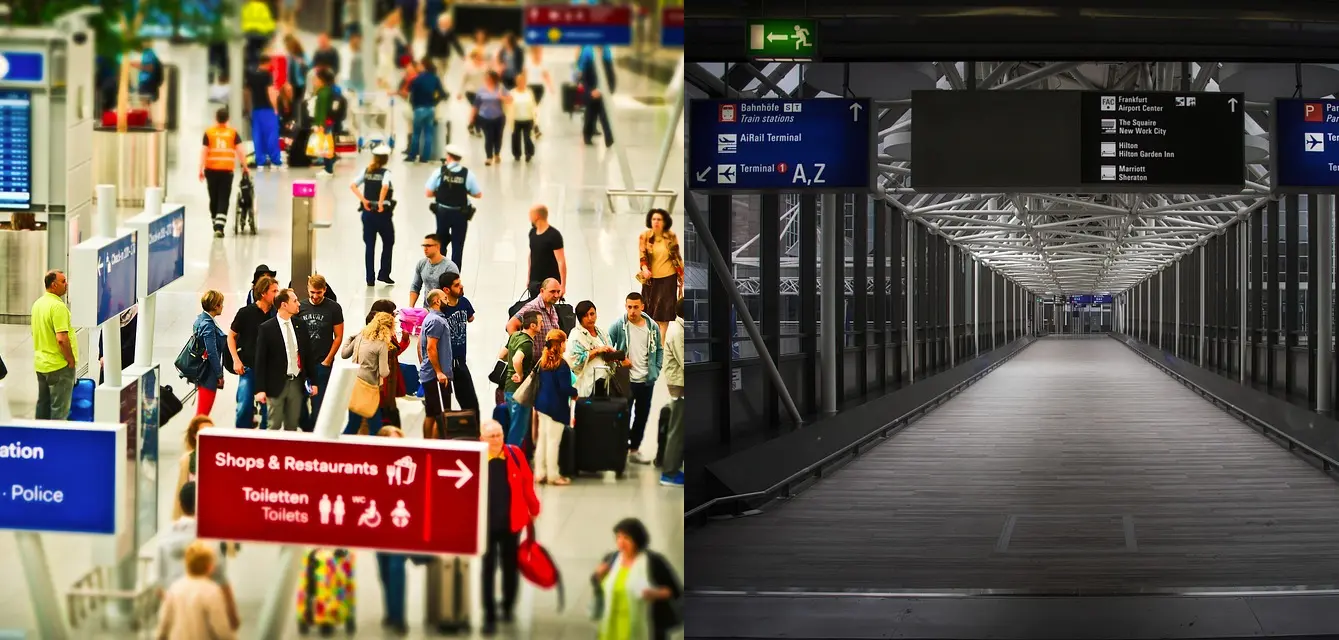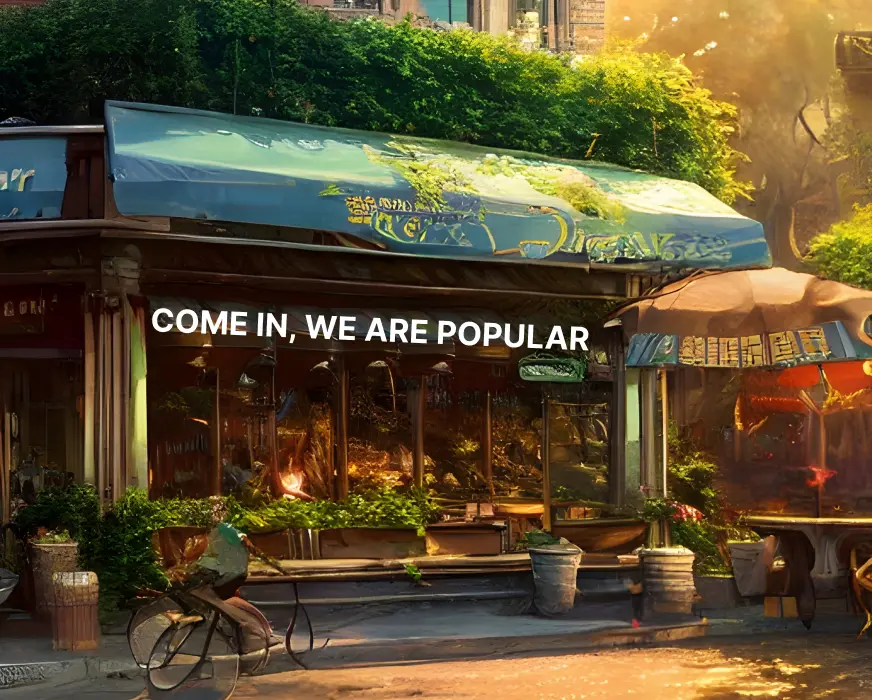Waiting in Line: Empty Restaurant Syndrome vs Simply Bad User Experience
Have you ever found yourself waiting in a long line at a restaurant, only to feel reassured that the wait must mean the food is worth it?

Have you ever found yourself waiting in a long line at a restaurant, only to feel reassured that the wait must mean the food is worth it? This phenomenon is known as the "empty restaurant syndrome." It's the idea that a line can indicate that a service is good, while an empty place might indicate that the service is not great.
Online things are different though. In the online world slow load times and waiting simply lead to a poor user experience. You don't see how many visitors a site has when picking from the search results in Google nor do you actually think ahh this page must be popular so it's okay to wait 10 seconds for it to load.
Economic theory and experiments suggest that the value of a queue depends on the presence of informed consumers. A small number of informed consumers can have a great impact on uninformed consumers. This phenomenon doesn't apply to the online world, where it's been proven that slow load times decrease conversion rates. Customers never see how many other customers are online at the same time, so slow pages are simply perceived as bad user experience.
As a cloud provider, we are aware of the importance of providing a seamless and efficient user experience for customers. That's why it's crucial to eliminate wait times by providing fast hosting and optimized pages.
If wait times are unavoidable, they should be made part of the experience by providing interactive content, such as chatbots or simulations. For example, imagine a chatbot showing fictitious conversations of the team working to scale the website to handle more users while visitors wait. This not only eliminates the frustration of waiting, but also creates an enjoyable and engaging experience for customers.

In the offline world, there are examples of longer wait times being more acceptable, such as at an airport where a longer walk to the luggage belt can make people less likely to complain about wait times. This concept can be applied to online waiting experiences by providing engaging and interactive content while customers wait.

In conclusion, waiting times can either be a source of frustration or an enjoyable part of the experience. As a cloud provider, Codesphere is committed to providing fast and optimized pages, minimizing load times. You just need to make the rest a seamless and engaging part of the customer experience.
You need two basic things to master the phenomena discussed today:
- Momentum to seem popular enough for people to think it must be great service
- A smooth user experience with minimal delays and if any enjoyable distractions
Codesphere's hosting makes it easier than ever to set up first class hosting (incl. multi-server etc.). No DevOps experience required. Learn more on our website.
Fun food for thought to close: Could popular online shops pretend to be a full restaurant by adding a user counter widget on the page somewhere? After all, a full restaurant is often seen as a good thing, just like a busy website might indicate something great happening you do not want to miss. The truth is, fast load times and optimized pages are always the key to providing a great user experience. But, if you're feeling adventurous, you could give the user counter a try and see if it has any impact on your customer satisfaction. Be careful about faking it - might create serious blowback with your repuation.

